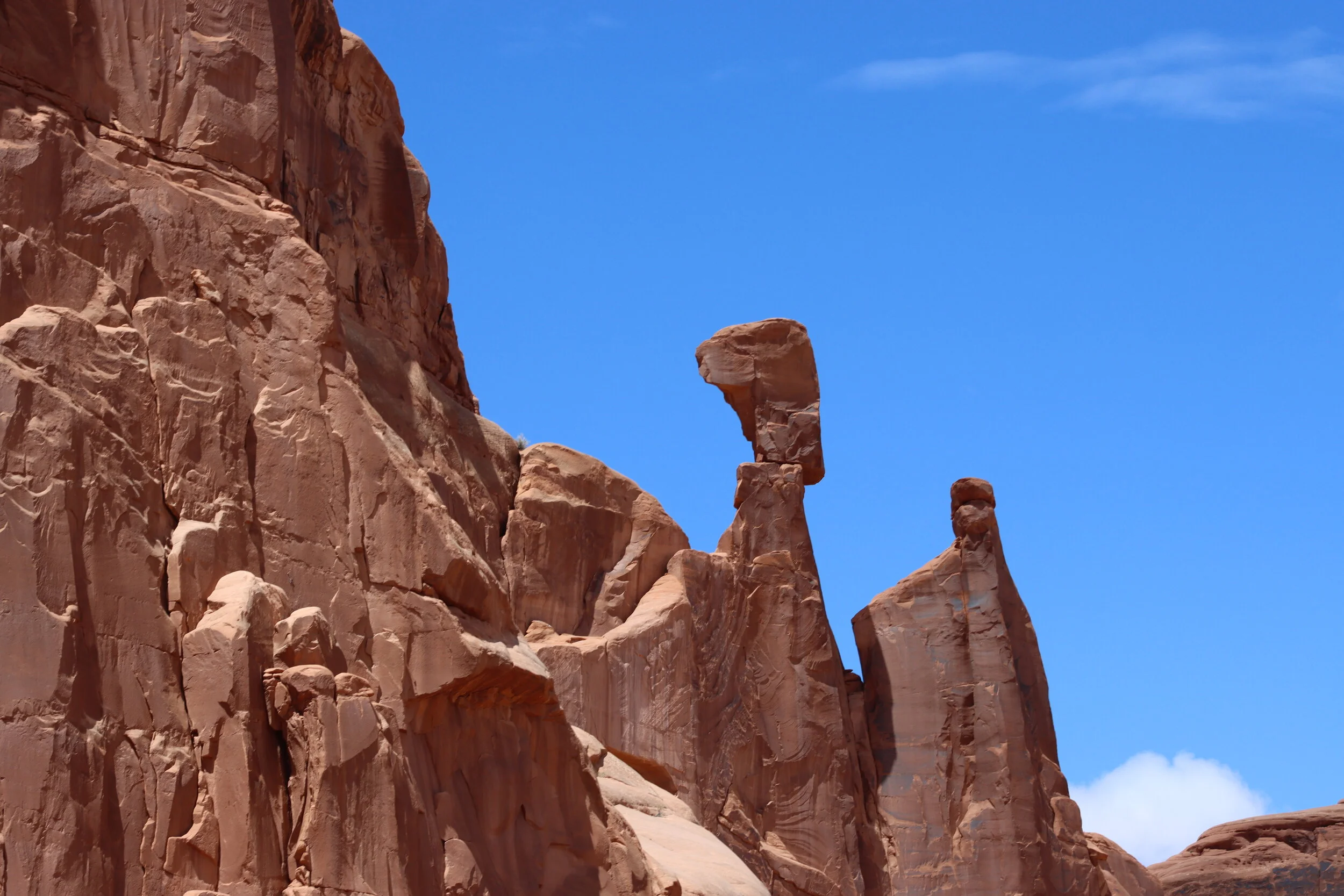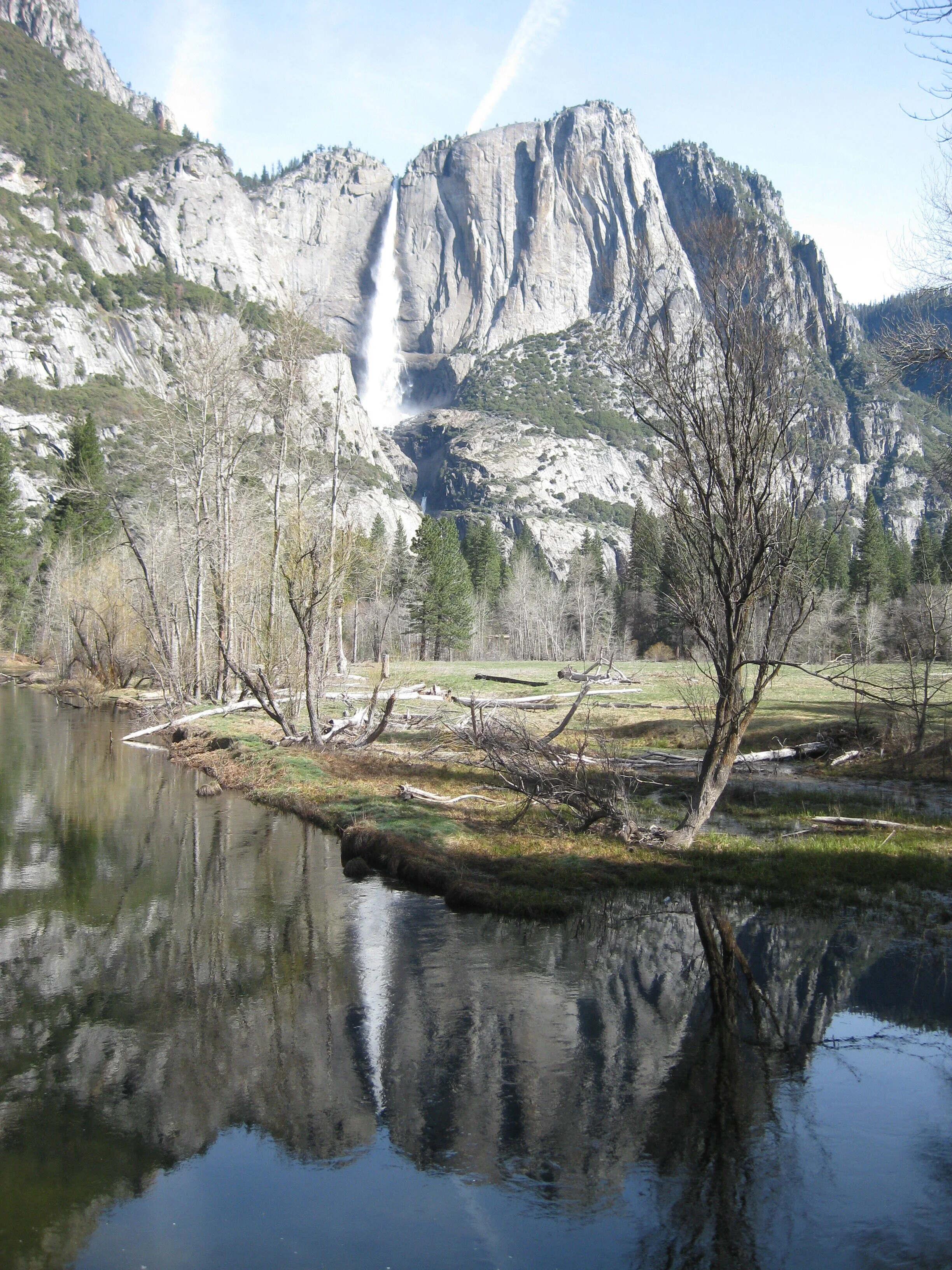Seeing the Forest for the Trees
My husband and I just returned from an epic road trip across America that took us 39 days, logging 9,914 miles, covering 17 states, 8 national parks and 24 cities across America. Over the years, we have traveled to many far-away places on our bucket list. And while our list remains long, getting to see America up close and personal has always been on that list, and so it was time. Truth is, having completed our Covid vaccinations, we were consumed by wanderlust!
The unforgettable wonder of this trip comes from our many discoveries and awakenings, starting from when we started preparing for the trip.
I re-discovered AAA, the American Automobile Association and their famous “Triptik”. If there’s one thing this trip has taught us, it is to have a good, clear map, and the ability to read it. GPS, the usually reliable navigator, fell short as we drove through roads with zero connectivity. AAA’s Triptik not only gave us the indispensable roadmap to the scenic routes; it literally guided us through the paths where cell sites do not exist yet, or maybe never will.
We haven’t been on a drive this long and this far, so my meticulous planning skills, dormant for over a year, roared back into full gear. But - the post-covid world, literally unfolding as we started traveling, put a wrench on my iron-clad plans. We thought we could beat the summer and post-covid travelers by traveling in May, but many others were speculating the same. We also learned, in real time, that many new post-covid requirements were in place: advanced ticketing for example, causing us to miss a couple of coveted admissions.
At the same time, many of our well-laid plans served us well. We booked our car rental and hotels as early as March, avoiding the shortages and high costs that came around April. We set the pace so that driving was limited to no more than 8 hours per day, enabling us to get a 12-hour break before the next drive. We rewarded ourselves with decent dinners and comfortable accommodations, getting in on some James Beard restaurants. We discovered how important it was to feel restored, ready for the next destination.
My husband’s tenacity at driving was impressive. While I know he enjoyed driving, being on the wheel 8, sometimes 10 hours a day, for 39 days could be maddening. But he was always reassuringly calm, able to still notice the beautiful scenery as we drove by. I know because I’d be dozing off and he’d be nudging me, so that I didn’t miss these moments. I wondered aloud how he sustained his energy and focus. He said he tried not to think of the long stretch but looked forward to the surprising, delightful sights when we least expected it. The thought that we’d probably not be back on this road again made him focus, concentrating on remembering the present.
A wise traveler counseled us to fill up on gas whenever we could, especially in Utah, where you can go for a hundred mile stretch without a station in sight. We were delighted to re-discover an old friend as our staple lunch-on-the-road: Subway, a throwback to our daughter’s junior tennis traveling tournaments. I was so impressed by its broad presence across the US, and its consistent quality, that I couldn’t help googling it. I was amazed to learn that it was founded in 1965 by 17 year-old Fred DeLuca, who borrowed $1,000 from his friend Peter Buck to start "Pete's Super Submarines"; and to this day, the Subway Company has remained privately held by the DeLuca family. Great American story.
The cities we visited offered us delightful experiences, some of them firsts: a live show in Vegas with David Copperfield; an exciting horse race at Churchill Downs; sipping bourbon in Louisville, KY; feasting on delicious barbecue in San Antonio, TX; sampling hot chicken in Nashville, TN. Walking through the Museum of Country Music fascinated us; a tour of the Graceland Mansion and the extensive Elvis Museum made us appreciate why He is King. We returned to Chicago, visiting my old stomping ground, the MCA, and the Art Institute - where we were completely taken by Bisa Butler’s quilts. We treasured meeting up with some old friends along the way. The pandemic surely built up our wanderlust, but also our longing for real social gatherings, laughter and conversation.
Here’s the thing: we hardly fought! Sure, we bickered here and there, but none of the “silent treatment, wish I wasn’t with you” attitude. Truth is, as we shared the relatively cramped space of a full-size SUV during the day and a hotel room at night, we gave each other space – emotional and mental – enabling us to let go of the petty nuisances that come with traveling. We somehow unconsciously focused instead on the bigger experience. We didn’t do this in a planned, “I’ll be a nicer person to my spouse” mantra. We did it instinctively, an unspoken pact perhaps, that nothing should be upsetting enough to ruin the trip for either one of us. And Dude! Yes, our 8 pound 11-year-old dog traveled with us! Suffice it to say he was the perfect travel companion.
Our journey together felt like we were all seeing the forest for the trees.
America is beautiful. Let me repeat: America is beautiful! The trip that took us through 17 states, visited 8 national parks and 24 cities allowed us to immerse and marvel at the wonders of nature that abound in this country. We now understand what inspired Katherine Lee Bates to write “America the Beautiful”: “O beautiful for spacious skies, for amber waves of grain, for purple mountain majesties above the fruited plain… thine alabaster cities gleam… O beautiful for halcyon skies… above the enameled plain…” America’s topography is simply breathtaking. Its national parks not only hold magnificent lessons in geology, botany, forestry, biology, archeology and history; they simultaneously offer a plethora of contrasting environments and sceneries. I had to look up the history of the US National Park Service, and couldn’t be more grateful to its founding visionaries and the caring stewards. Part of the thrill was to witness horses, cows, bison, goats, even big-horned sheep roaming peacefully not only in the parks, but also in private ranches.
This is not the first time we have been to awe-inspiring natural settings, and we wondered why we were so deeply taken by this experience. We thought, maybe because we were completely immersed practically every waking moment for 32 days. We were, in many ways, marinating in the magnificence of these natural wonders. We had a similar deeper appreciation of the cities we visited – some of which we’ve been to more than once. Maybe it’s because this time, we were processing the vastness of America as a whole and seeing its interconnectedness. It was as if we were tracing the beautiful tapestry that is America.
This amazing landscape served as backdrop for our re-discovery of America’s rich history and culture. We’ve always thought of America as a “young” country – and it is, considering that it is barely 245 years old. But when we started digesting America’s history before July 4, 1776 - wherein the Native Americans, the European colonizers: the Spanish, the Dutch, the Swedish the French and the British created this complicated web of conflicts, wars and struggle – it is no wonder that the United States of America that we know today is as complicated as it is.
I learned US history a long time ago but thought I’ve kept up with it. But the immersion that we experienced on our road trip made me realize how little I knew and understood. I kept googling in varying degrees of intensity, motivated by an uncomfortable awareness that I had inadequate knowledge and understanding about the place and its history: the Selma to Montgomery March; the Louisiana Purchase, the Battle of the Alamo. The list goes on, as through each state, city and national park that we visited, I felt that there was something new to learn again.
To me, the most moving experience was learning about the journey of the Native Americans/American Indians. I learned that there are approximately 3 million American Indians who belong to 573 federally recognized tribal governments and live in 326 Indian reservations in the US, predominantly in the Western USA. We passed through many of these reservations. I saw firsthand what I’ve read about: the Native American’s struggles amid poverty to maintain life on the reservation. I stepped into the rest stops and stared at the posters in the restrooms appealing to curb drug and alcohol addiction. A 2004 US Commission on Civil Rights report stated that “Beyond disturbingly high mortality rates, Native Americans also suffer a significantly lower health status and disproportionate rates of disease compared with all other Americans”. Dumbfounded by my ignorance about the plight of the American Indian, I read further and learned that “non-native Americans admitted they rarely encountered Native Americans in their daily lives. While sympathetic, most people had only a vague understanding of the problems facing Native Americans today…” That would be me. I don’t know what to do about this yet, but I am now painfully aware that I must do something about it.
A road trip that started as an adventure for two retired seniors looking to satisfy their post-covid wanderlust turned out to be a journey of discovery, awakening and learning. A validation of our instincts, heightened awareness of our values, and new understanding and knowledge. This trip pushed us out of our comfort zones and made us realize how important it is to protect and preserve Mother Earth and her wonders, so that our grandchildren and their grandchildren can enjoy, marvel and learn from them like we have. We gained a deeper appreciation of America’s vast beauty and magnificence, at the same time developing an even deeper respect for her complicated and rich history. A new heartfelt empathy for her indigenous peoples and the underserved communities across the USA grew in us, mile by mile, sunset after sunset.
In the book I wrote and published in 2018, Here I Am, Learning Along the Way, I devoted a chapter to travel. I wrote, “when you discover the world, you discover yourself…when you travel, all your senses experience a kind of awakening… a spiritual renewal that strengthens one’s faith in the human spirit…”
Let me leave you with this: may you be moved to go beyond the comforts of your familiar neighborhood, explore and learn about environments and communities that are foreign to you, and may you find and discover a kind of awakening and renewal that is inspiring and invigorating.
It is never too late, nor too early; you are never too old nor too young.



